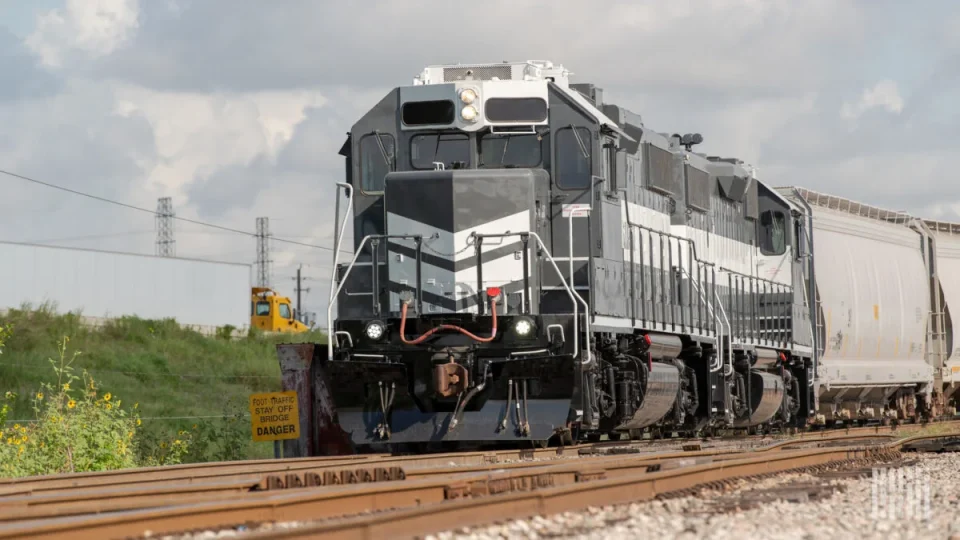The U.S. freight rail industry is bracing for significant impacts as tariffs threaten to disrupt over $200 billion in cross-border trade between the U.S., Canada, and Mexico. In 2024, U.S. railroads managed an estimated $203.1 billion in trade with these two countries, underscoring the critical role rail plays in North American commerce. This trade includes a diverse range of goods such as auto parts, oil, metals, lumber, agricultural products, and chemicals, which are crucial for industries like automotive manufacturing, energy, and agriculture.
The economic implications of these tariffs are far-reaching, with states like Texas, Illinois, and Nebraska particularly exposed due to their significant involvement in rail trade. Texas, for instance, handles a substantial portion of U.S.-Mexico border rail traffic, while Illinois and Nebraska are also major hubs for freight rail employment. The tariffs could lead to shifts in freight demand, affecting not only the rail industry but also the broader economy, as these sectors are heavily reliant on cross-border supply chains.
The U.S. freight rail industry is a substantial economic driver, contributing over $50 billion directly to GDP in 2023 and supporting nearly 750,000 jobs. In recent years, the industry has invested heavily in infrastructure to enhance its capacity for international trade. Projects like the Laredo Bridge by CPKC and the Ottensmeyer International Railway Bridge are examples of these efforts, which have attracted billions in investments and created thousands of jobs.
The Association of American Railroads (AAR) emphasizes the importance of ongoing investments in transportation infrastructure for maintaining economic growth. CEO Ian Jefferies noted that a thriving economy is essential for the rail industry’s prosperity, highlighting the need for continued investment in infrastructure to support international trade.
The trade between the U.S., Canada, and Mexico is nearly balanced, with $106.4 billion in rail trade with Canada and $97.6 billion with Mexico from December 2023 to November 2024. The U.S. rail trade with Canada is driven by motor vehicles, crude oil, and industrial materials, while trade with Mexico is led by motor vehicles, agricultural commodities, and energy products. Any disruption to these flows could significantly impact freight rail traffic across North America, potentially reshaping the dynamics of rail-dependent sectors.
The uncertainty surrounding these tariffs underscores the need for railroads to adapt quickly to policy changes and ensure they remain competitive in the global market. The looming tariffs pose a significant challenge to the U.S. freight rail industry, which is integral to the economic health of North America.

